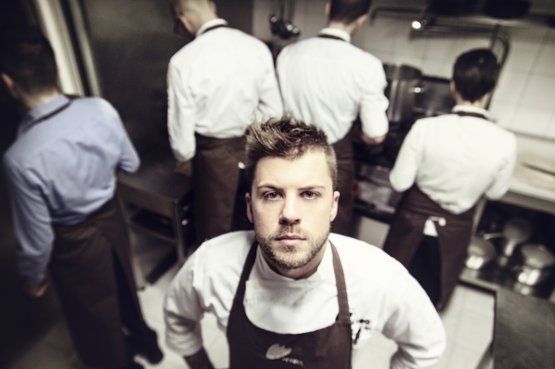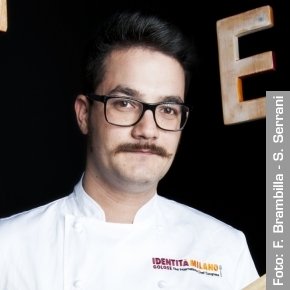12K breeders, a turnover of 120 millions, 39,600K kilos and 8,000 hectares of farms. These numbers do not refer to oil production, but to the Italian production of snails. A market that developed during the last thirty years, when picking snails in the fields was banned. Indeed, until then, it was possible for anyone to collect them and therefore they represented a niche product for gourmets, something that people would search for and enjoy whenever there was the chance.
There were many traditional recipes and they were much more present on the tables than today. This ban, however, also caused the birth of thousands of breeders who are mostly concentrated in Piedmont, Tuscany and Sicily, but while the demand for snail as a food is still much of a niche, a large part of the production is destined to the cosmetics industry which uses them as a sub-product.
The main element and the reason why I am interested in this food which is extraordinarily undervalued, is not merely linked with the flavour and the extreme versatility they grant in the creation of an infinite number of dishes, but in the power, unknown today, that nails can change the world (for the better). These gastropod molluscs, in the wise hands of chefs can generate that revolution in the kitchen that is always at the centre of my research.
A revolution which, if it would become part of the homes and the diets of many of us, substituting the protein content that comes from the intensive breeding of cattle, pigs and hens, could bring some significant benefits on the environment, the health and the development of different regions. Therefore, it would be enough to make those who have never tasted them understand that they can be a very satisfying food, low in fat and rich in proteins. So who has the task of making this known? The chefs who today rarely use snails in their menus.

Even Lorenzo Cogo loves to serve snail-based dishes at his El Coq
By chance, will roaming through gastronomic destinations, I discovered an excellent snail-based dish in
Lorenzo Cogo’s menu at
El Coq (Marano Vicentino – Vicenza) who told me of his great love for this extraordinary product that he pairs with vegetables that are capable of recalling and highlighting its herbaceous flavour. Should you visit
El Coq at this time of the year, you will indeed be able to taste
Spinach stalks with snails and wild garlic.
This dish truly conquered me, not just for the snails, which are cooked masterfully, but also for the spinach stalks that are usually discarded and have probably never been the protagonists in a fine dining restaurant. The chef plays with the very shape of the stalks which recall that of pasta in order to play with their crispiness and their herbaceous flavour that is well matched by the snails.
Even
Christian Milone, chef at
Trattoria zappatori and
Gastronavicella (Pinerolo – Torino) – won the
Premio Gran Cru Birra Moretti in 2013 with a dish based on snails. According to
Christian the low demand and appreciation of the public is mostly due to the scarce culture and promotion of this product. On the contrary, previous generations grew up with the memory and the celebration of this product, which was considered a true delicacy.
«When you found them, it was a feast»,
Christian recalls, with reference to his family. «This went missing in the new generations. People have stopped cooking them in the houses and in the meantime the offer in the restaurants decreased. It is necessary to start to invest and create culture once again, first of all by educating the palate». According to
Christian the best way to educate the palate of consumers is offering this product without letting them choose it, that is to say as an initial snack or as a surprise in a tasting menu, as in the case of
El Coq.

Luciano Monosilio, chef at Pipero al Rex
The point of view of
Luciano Monosilio, chef at
Pipero al Rex in Rome, is also interesting. He often presents snails in his menu. Last year, he would pair them with lentils, carobs, garlic and whisky while this year he’s experimenting a pairing with chocolate. The chef confirmed his strong love for this product both as an ingredient in the kitchen, and because of its emotional value as it used to be the protagonist during family lunches in October, the well-deserved prize after the walks in the countryside with his grandfather, hunting for snails.
Even in
Luciano’s opinion the low appreciation on behalf of the public is exclusively due to some unjustified prejudgement and to a low habit of presenting them by the new generations who clearly prefer other “easier” types of products. Once again, culture is the keyword for a great appreciation of an excellent Italian product which is part of our gastronomic tradition and represents an ingredient that you can put on the table and in the kitchen more and more often both because of its flavour, its healthiness and for an ever growing environmental sustainability.